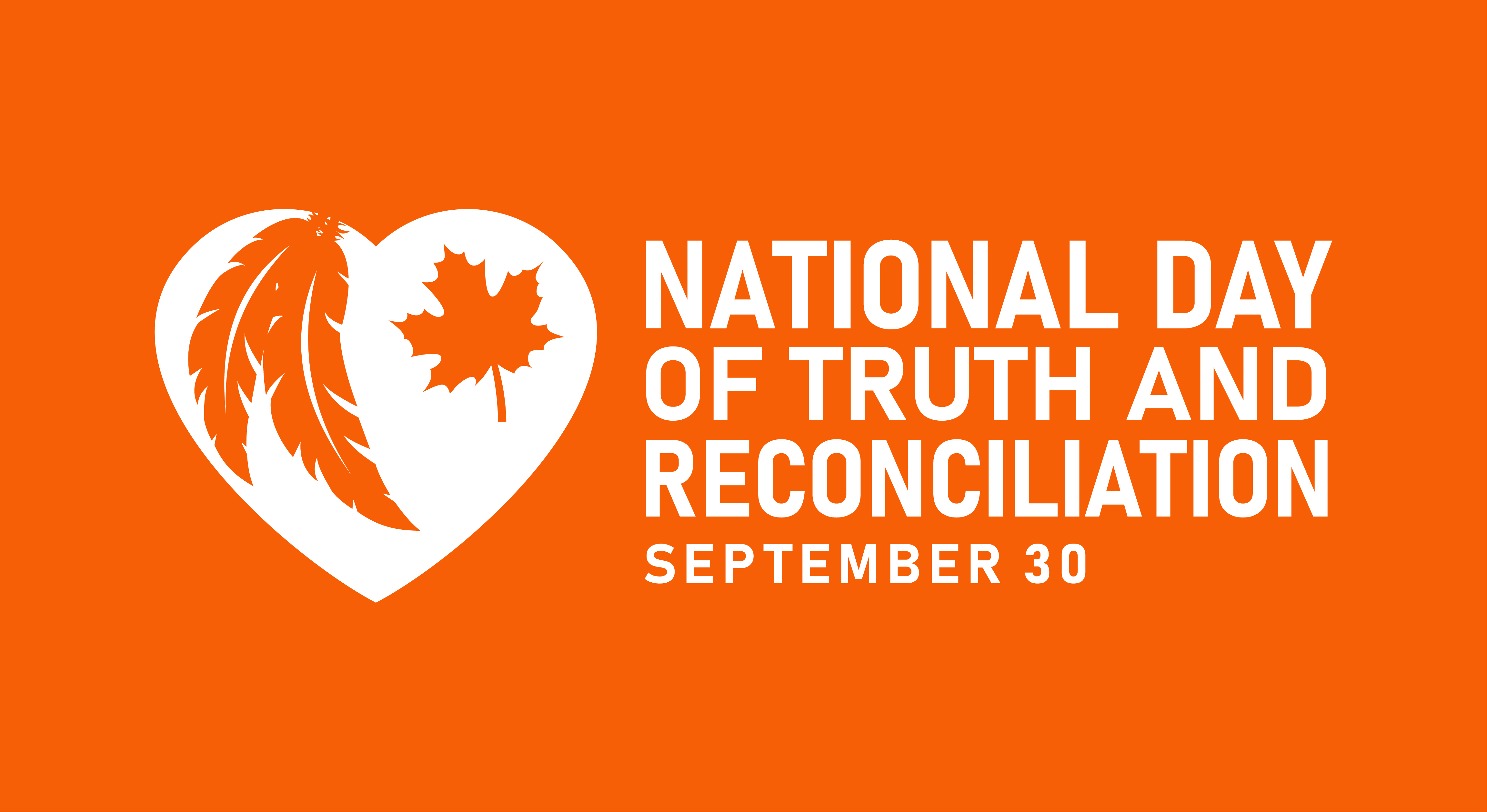Robert Ghiz – President & CEO
Each year, September 30th marks the National Day for Truth and Reconciliation, when we honour the Survivors of residential schools, as well as their families and communities, and the children who never returned home.
Recognition of this tragic and painful history and reflection on its lasting impacts are an important part of the reconciliation process. But the advancement of reconciliation requires much more than an annual day of observance. It requires on-going and sustained action.
In keeping with the Truth and Reconciliation Commission of Canada’s Calls to Action, Canada’s telecommunications sector is engaged in relationship-building with Indigenous communities to support a range of initiatives. These include sustainable land and resource use, education funding, job creation, cultural awareness and community-led infrastructure projects.
We know that expanding and enhancing network coverage is key to the economic prosperity and social well-being of remote and Indigenous communities. That is why our members are working with Indigenous communities, together with different levels of government and Indigenous-led businesses, to build and improve telecommunications infrastructure.
While only a small sample, the following are examples of the type of projects and collaborations taking place across our country.
Through the industry-funded CRTC Broadband Fund, together with its own investments, Northwestel has embarked on a three-year plan to bring high-speed unlimited internet access to every community in the Northwest Territories and Yukon.
As part of this project, Northwestel has partnered with thirteen Yukon First Nations development corporations to bring fibre-to-the-home service to eighteen Yukon communities. Under this model, the fibre assets that connect thousands of homes across the territory will be Indigenous-owned and will result in a guaranteed return on investment for Yukon First Nations over the next two decades.
In 2021, SaskTel launched its Rural Broadband Partnership Program, with the goal of partnering with smaller internet providers to bring advanced broadband connectivity to underserved areas of the province, including Indigenous communities.
Through this program, SaskTel has partnered with a new majority Indigenous-owned internet service provider, Beaver River Broadband, under which Beaver River Broadband will utilize portions of SaskTel’s network to deliver high quality internet service to underserved Indigenous and rural communities.
In British Columbia, Rogers is building new cell towers that will service the highway and communities along the route between Prince Rupert and Prince George, which has sadly become known as the Highway of Tears, and in doing so is fulfilling one of the recommendations of the 2006 Highway of Tears Symposium report to enhance safety for Indigenous women and girls.
These are just a few examples of the numerous projects underway by Association members Bell, Rogers and Videotron, as well as smaller regional carriers, to improve connectivity in Indigenous and other communities across Canada, and in doing so delivering financial benefits, job creation and safer communities.
We know there is much more work to be done. And we all wish it could be done faster. But many underserved areas present the most challenging conditions for network building. It will require continued collaboration, commitment, and resourcefulness by service providers, governments, and local communities to connect all Indigenous communities. It will also require policies that foster ongoing investment in network building.
Ongoing collaboration will not only bring greater prosperity and quality of life to Indigenous communities, but also it will bring greater understanding of the history and perspectives of Indigenous people, build greater trust, and advance the process of reconciliation.
To learn more about the National Day for Truth and Reconciliation and how you can participate, visit National Day for Truth and Reconciliation.


